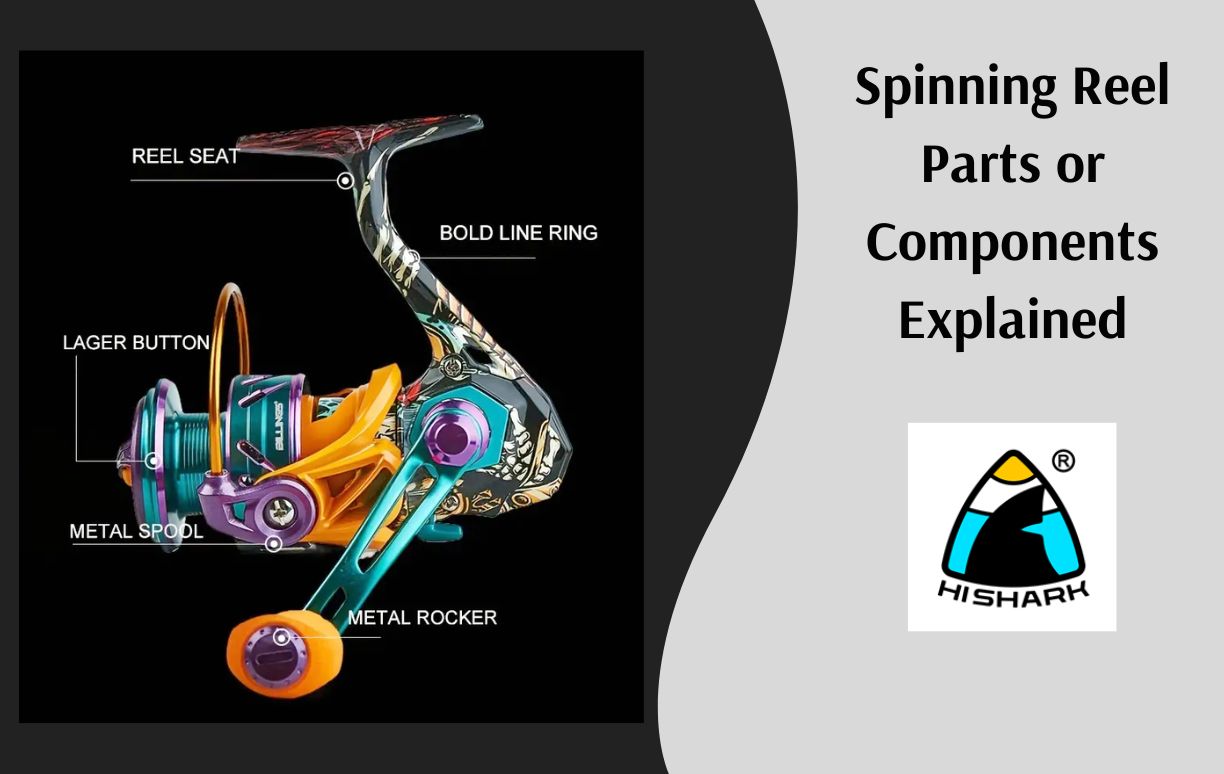
A Full guide to Gear Ratio Fishing Reels
Choosing the right gear ratio fishing reels is crucial, as it directly impacts your fishing technique and success on the water. The gear ratio shows the number of spool rotations per turn of the handle. For instance, a reel with a 6.2:1 gear ratio rotates the spool 6.2 times with each complete turn of the handle. Higher gear ratios, such as 7.0:1 or higher, are ideal for techniques requiring fast retrieves, like topwater fishing or jigging, allowing you to quickly bring in your lure and cover more water efficiently.
On the other hand, lower gear ratios, like 5.2:1 or below, offer more cranking power, making them suitable for techniques that require a slower retrieve or when battling larger, stronger fish that require more torque to reel in. When choosing a reel, consider your preferred fishing style and target species to match the gear ratio for optimal performance and control during your fishing adventures.
Introduction
Gear ratio fishing reels determine the speed and power of the reel. The gear ratio, such as 6.4:1, indicates how many rotations the spool makes for each turn of the handle.
Higher gear ratios mean faster line retrieval, ideal for techniques like topwater fishing. Lower gear ratios offer more torque, beneficial for fighting larger fish or using heavy lures. Choosing the right gear ratio depends on your fishing style and target species.
For example, a 5.2:1 ratio is preferred for deep-sea fishing, where power is crucial. A 7.1:1 ratio is better for fast-paced bass fishing. Understanding these differences can enhance your fishing effectiveness and experience.
Gear Ratios in Fishing Reels
The gear ratio is an extremely important technical element on a fishing reel. The gear ratio describes how many rotations the line spool produces when the handle is swung once. A fishing reel with a gear ratio of 7.1:1 indicates that when the handle is turned once, the line spool revolves 7.1 times.
There is no clear definition in the industry for high-speed gear ratio and low-speed gear ratio. At the moment, the most prevalent gear ratio on the market is 5.4:1/6.4:1/7.1:1/8:1, with the bait casting reel having a gear ratio of 6.4:1, and fishing reels with a gear ratio of 6.4:1 or less being referred to as low gear ratio fishing reels.
A high-speed gear ratio
A high-speed gear ratio fishing reel is ideal for various fishing situations:
High-speed reels are perfect for power fishing. In large bodies of water, their ability to reel in line quickly and manipulate bait efficiently makes them superior to low-speed reels. They allow you to catch average-sized fish faster, enhancing your overall fishing efficiency.
These reels are also suitable for target fishing. When fishing in a specific or small area, such as a water layer or near obstacles, a high-speed reel helps you retrieve bait swiftly, saving time.
High-speed reels excel in obstacle regions. They help fishermen quickly move fish away from barriers, reducing the risk of line breakage. These spinning reels are great for fishing groups, especially with soft bait setups like Jig and Texas rigs. The instant power of high-speed reels is crucial for quickly hooking and moving fish away from obstacles.
However, high-speed reels place more strain on the line, hook, rod, and reel when catching fish. Exceeding any of these limits can lead to losing the fish. Pay close attention to the reeling speed and adjust it appropriately once the fish is hooked.
Using high-speed reels can also be tough on the gears, as exceeding their force range can cause damage. This limits their use to situations where high speed is essential.
A low-speed gear ratio fishing reel
Fishing strategy for low-speed gear ratio fishing reels:
A low-speed gear ratio fishing reel is better suitable for fishing in a specific layer of water when manipulating the lure, particularly when using spinner bait for searching, because the low-speed gear ratio fishing reel allows for better control of the lure’s speed. Generally speaking, gear ratio fishing reels refer to gear ratio of spinning fishing reels.
The low-speed gear ratio fishing reel is better suited for detailed and sluggish bottom probing; a slower reeling speed makes it easier to control the bait’s motion.
The low-speed gear ratio fishing reel is better suitable for the thunder-strong fishing method. This fishing method measures the fishing reel’s durability. Although both high-speed and low-speed gear ratio fishing reels can be used, the low-speed ratio fishing reel conserves energy and boosts the fishing reel’s durability.
Similarly, lower ratio reels are preferred when using a Jig or Texas rig for bass fishing in strongly obstructed areas. Low-ratio reels for fishing groups: Low-ratio reels are better suitable to handling hard baits in small areas, but they are less efficient than high-ratio reels when scanning broad expanses of water.
Low-speed reels are better suitable to handle lures like crankbait, swim bait, spinner bait, and minnow. When manipulating these lures, a low-speed ratio fishing reel enables more precise and even control over the retrieve speed of the lure. Low-ratio reels are also suitable for spot fishing (not deep-water hunting) using surface lures such as pencils. Hereby you can know the spinning reel main gear for adding something useful and valuable into information of gear ratio.
The low-speed ratio is particularly ideal for manipulating sequins.


















